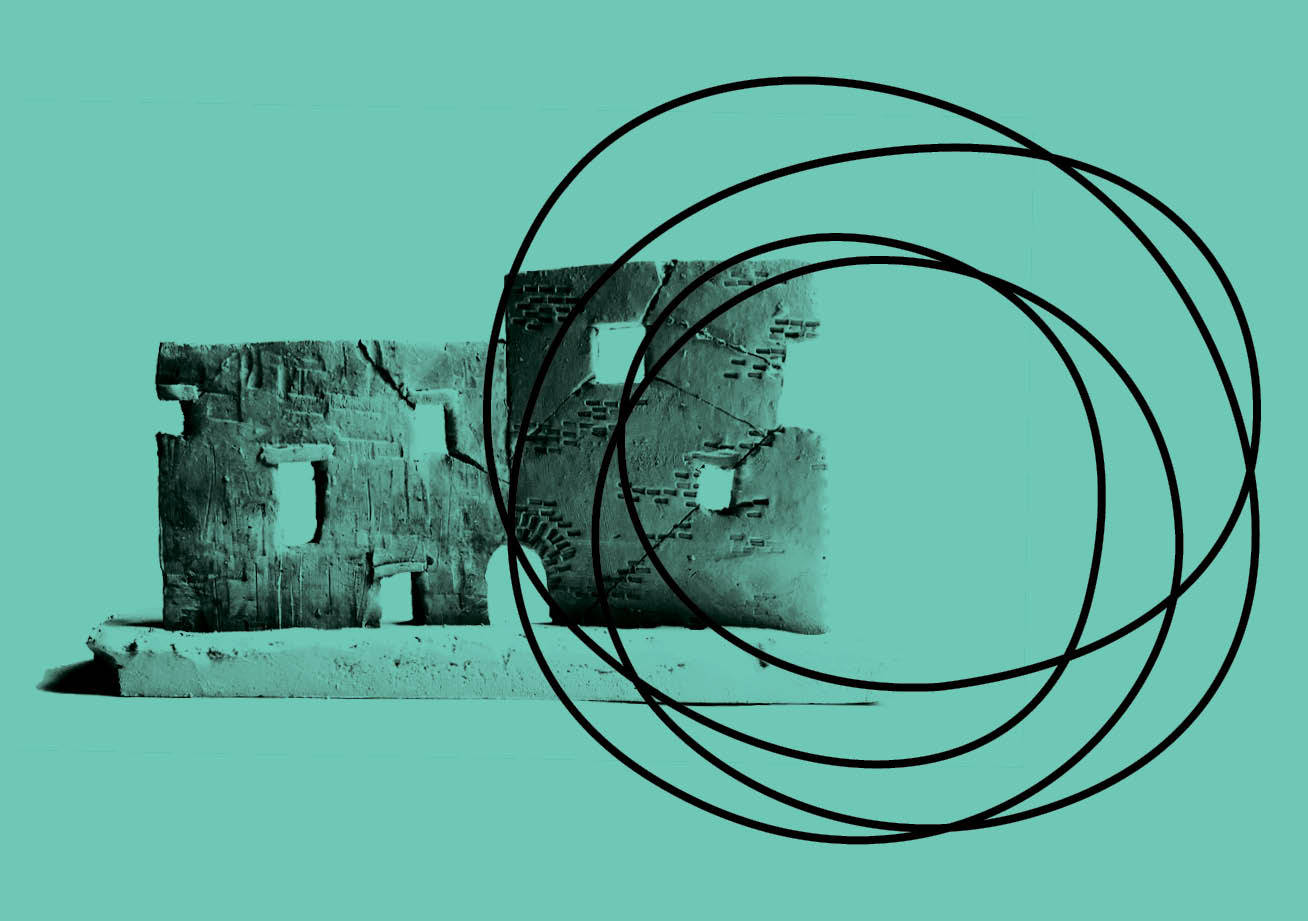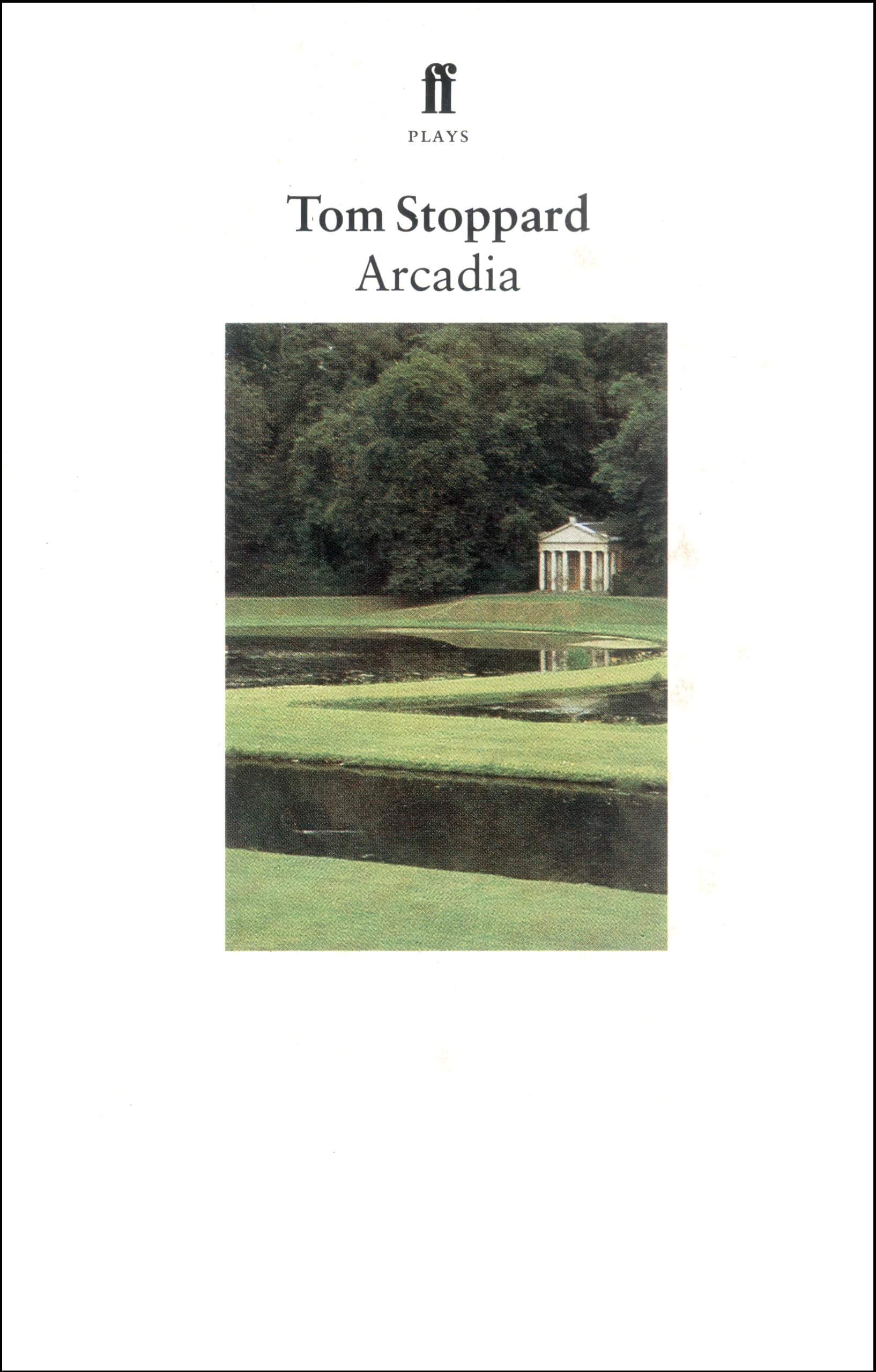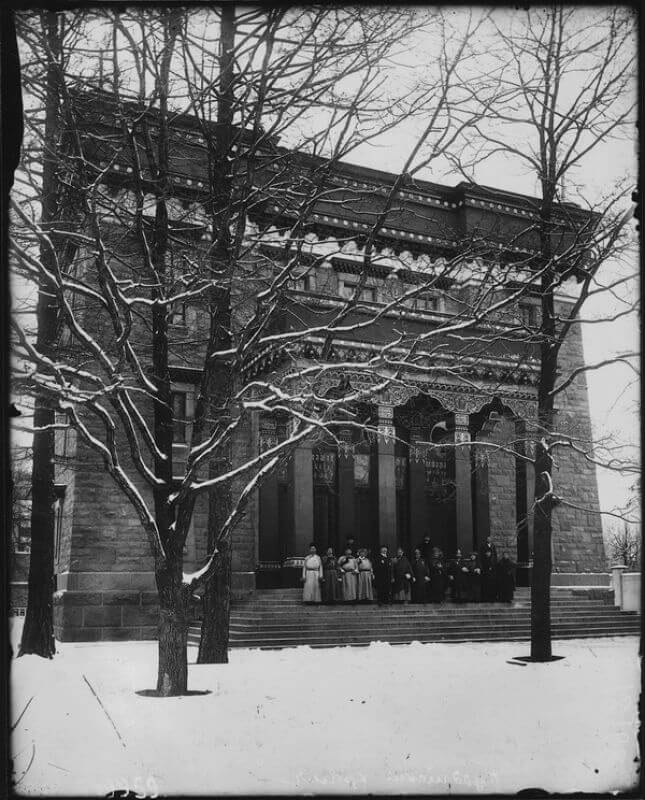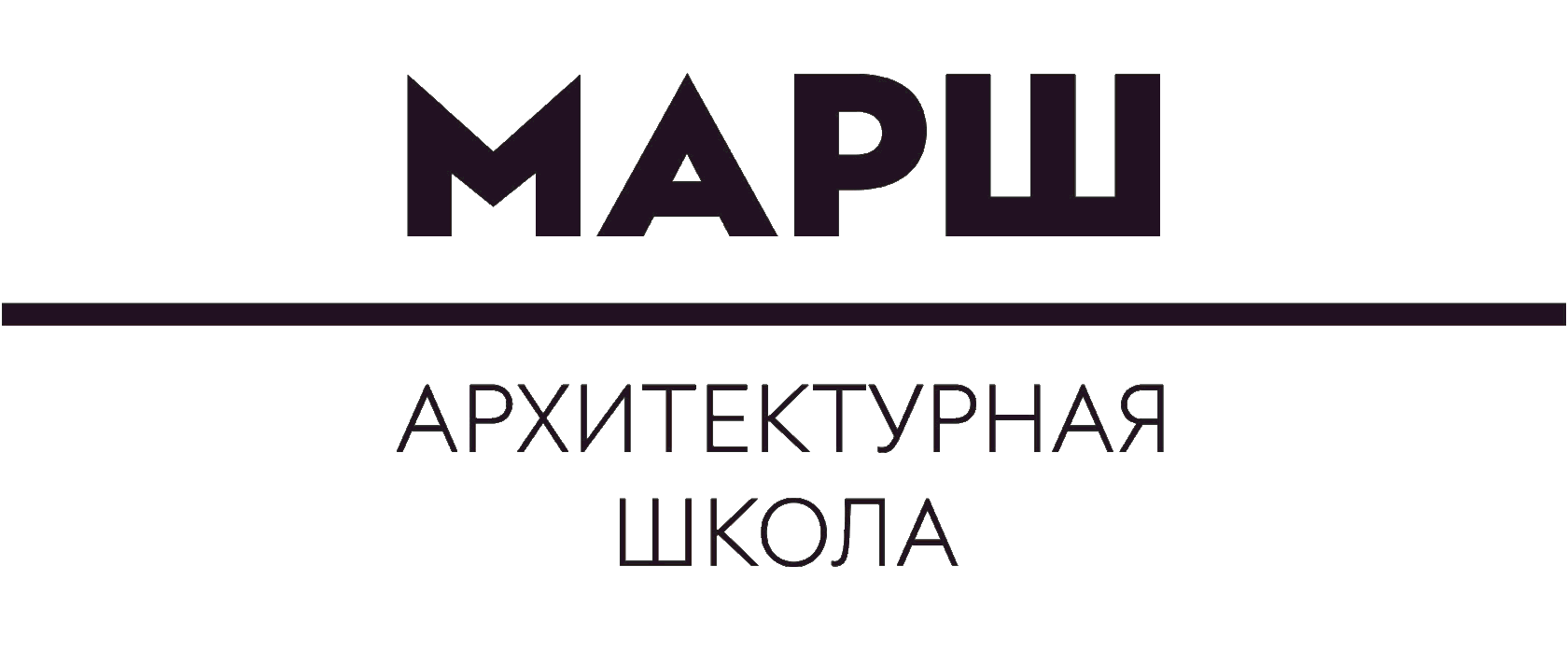


Arcadia



The second year of the undergraduate studies in MARCH Architecture school is dedicated to exploration and research of the city and work with urban fabric. In the 2017−2018 academic year the "Arcadia" studio had been researching its tearings: lost places, that was excluded from modern life. Especially for these sites, students had collectively developed new built forms ― and each student had designed one building with its function provided by tutors. Every edifice had carried out a metaphorical image of Arcadia ― the idea of unknown place, reimagining bliss and heaven. In the mid-term, this image of an invisible but desirable world was reflected in short movies. Following through the key spaces of a building their creators had shown senses, images, sounds, desires and colours of the future life of their architecture.
Rina Kravchenko on Serebryanicheskaya embankment secrets
Gennady Druzhinin on Neglinka river slippery slopes
Aliya Shigapova on interaction space near the Yauza river
DATSAN
Artemy Kondon on Sukharevskaya's hoax
Varvara Dolgaya on Trubnaya street entertainment
City Garden▁Rina Kravchenko
In 2017 at the site near Serebryanicheskaya embankment had been situated buildings left from former dense and lived-in development. Rina Kravchenko had entwined it within the new urban fabric: today part of those houses is already demolished, so the project became not only the research but also some memorial of those areas. Project’s theme is a couple of glasshouses. In these lightweight and delicate buildings plants, bushes, garden crops and oranges are blossoming and growing all year round. Small buildings form a united system made of greenhouses, yards, hidden city gardens, cafe with a kitchen garden and gardener’s house. So that is how a couple of new buildings fill the existing area with new meaning ― and the area becomes a Moscow garden by the river, reviving the withered urban environment.
Brothel▁Gennady Druzhinin
Trubnaya street historically had a questionable reputation ― also because of notorious brothels situated in this district. That is how Gennady received a hotel with a cathouse. The building is divided into two parts: visible and secret one. From the street, the one could see three storeys of the hotel while the brothel is located under the ground. The basement spaces can be accessed by going down the secret stairs from the hotel’s lobby, or one can unnoticeably sail there in the tunnel of buried Neglinka river.
Dormitory with a gallery▁Aliya Shigapova
The journey of Victor Hugo’s bust begins with a secret room — the storage of art exhibits located at the foot of a tower serving as a gallery of the student’s dormitory. Visiting different places, both public and private, Hugo takes his place on the top floor, where a view on the Yauza river and inner yard is opening. This square flanked by rectangular closed quarter blends in with the city through a diagonal alley, where entrances to canteen and student pub are hiding.
Datsan▁Daniil Narinsky
Daniil Narinsky received a "datsan" ― the Buddhist temple and university. It consists of space of "power and enlightenment", space for the monk's private life and space for spiritual practices. The whole complex is surrounded by the double wall of limestone: the typical element of Buddhist monasteries serves as a passageway linking visitors and inhabitants. The monastery's relic ― the Buddha statue ― is wrapped in a wooden ephemeral shell that rises above the whole complex. But the one has a hard way to overcome to reach this pagoda: first, walk down the wooden spiral staircase and then go up the bluff stone stair becoming narrower with every step.
Archive▁Artemy Kondon
A new building of the Russian state archive is a building-mystification: it is both a space of utopia and Metropolis. The aboveground part is designed as a pseudo city estate with a grotesque classic order. Squeezed between large modernist structures, it forms cour d’honneur with amphitheatre and colonnade. All disclosed parts of the building are linked by an underground aqueduct bridge. From the small openings in the underground level roof, formed by amphitheatre’s steps, pours a bleak mysterious light of the outer world. If the visitor is lucky, he or she would be able to reach the archive’s heart ― endless galleries of storage. The one might find something special there, stay for documentary research or even live for some time right in the building ― or might disappear in this archive.
Variety Theatre▁Varvara Dolgaya
At the crossing of Trubnaya street and Maly Sergiyevsky Lane not far from a hotel with a brothel is located a variety theatre. This genre was invented in the 18th century as an entertainment for the upper-class society but had united all the social classes with its space and activity. So, the new theatre in Trubnaya integrates into its shows not only the audience but passersby as well. It engages the city square: it turns into an auditorium in summer and serves as a scene watched from the inside of the building in winter. An iron curtain dividing two main spaces goes up with the help of gears in a hold. The theatre is overlapped by double-layered concrete half-dome demarcating the space and giving it necessary acoustic characteristics and dramatic monumentality.
Studio tutors: Nadezhda Korbut-Smirnova, Anton Petukhov, Anton Timofeev, Daria Gerasimova.

One of the keys to creating this new urban fabric was Tom Stoppard’s play "Arcadia".

There is no Buddhist temple in Moscow, the closest ― Datsan Gunzechoinei constructed in 1915 ― is situated in Saint Petersburg.
Materials recommended for study in the studio
Texts
Borges J.L. The Secret Miracle, 1943. Full text at reitzmemorial.org.
Lee C. Type (2011) // The City as a Project
Moneo R. On typology // Oppositions, Vol. 13: 1978. Full text at doarch152spring2015.wordpress.com
Rappaport А. ТА 548 The World of Light. Transperency (2015) // Tower and Maze
Rappaport А. Light and Darkness (2014) // Tower and Maze
Rappaport А. Towards the Phenomenology of Light (2016) // Tower and Maze
Senneth R. Flesh and Stone: The Body and the City in Western Civilization. ― New York: W. W. Norton & Co, 1994
Stoppard T. Arcadia, 1993. Full text at theliterat.files
Vitruvius M. P. Ten Books on Architecture: Book I, Chapetrs IV-VII. Full text at Wikisource.
Movies
Alfred Hitchcock, Rear Window, 1954.
Federico Fellini, Roma, 1972.
Peter Greenaway, Vertical Features Remake, 1978.
Peter Greenaway, A Walk Through H: The Reincarnation of an Ornithologist, 1979.
Jan Švankmajer, Alice, 1988 (Jan Švankmajer, Něco z Alenky, 1988).
Otar Iosseliani, Lundi matin, 2002.
Lars von Trier Dogville, 2003.
Jörg A. Hoppe, B-Movie: Lust & Sound in West-Berlin 1979−1989, 2015.
Borges J.L. The Secret Miracle, 1943. Full text at reitzmemorial.org.
Lee C. Type (2011) // The City as a Project
Moneo R. On typology // Oppositions, Vol. 13: 1978. Full text at doarch152spring2015.wordpress.com
Rappaport А. ТА 548 The World of Light. Transperency (2015) // Tower and Maze
Rappaport А. Light and Darkness (2014) // Tower and Maze
Rappaport А. Towards the Phenomenology of Light (2016) // Tower and Maze
Senneth R. Flesh and Stone: The Body and the City in Western Civilization. ― New York: W. W. Norton & Co, 1994
Stoppard T. Arcadia, 1993. Full text at theliterat.files
Vitruvius M. P. Ten Books on Architecture: Book I, Chapetrs IV-VII. Full text at Wikisource.
Movies
Alfred Hitchcock, Rear Window, 1954.
Federico Fellini, Roma, 1972.
Peter Greenaway, Vertical Features Remake, 1978.
Peter Greenaway, A Walk Through H: The Reincarnation of an Ornithologist, 1979.
Jan Švankmajer, Alice, 1988 (Jan Švankmajer, Něco z Alenky, 1988).
Otar Iosseliani, Lundi matin, 2002.
Lars von Trier Dogville, 2003.
Jörg A. Hoppe, B-Movie: Lust & Sound in West-Berlin 1979−1989, 2015.
The work of Daniil Narinsky (BAII 17−18, "Arcadia" studio) is used in the cover design.
PER FORMA
Choreographers and architecture students comprehended four significant architectural texts and treatises from the XV to the XX c. and found for them a form in a joint performance.
NURTURING
Eugene Asse, the MARCH School Dean, reflects the subtle process of architecture learning, and education as a form of radical architectural project.
EDUCATION
Professor Robert Mull, co-founder and the honorary professor of the MARCH School, talks about the architectural education through the lenses of his own career episodes.
